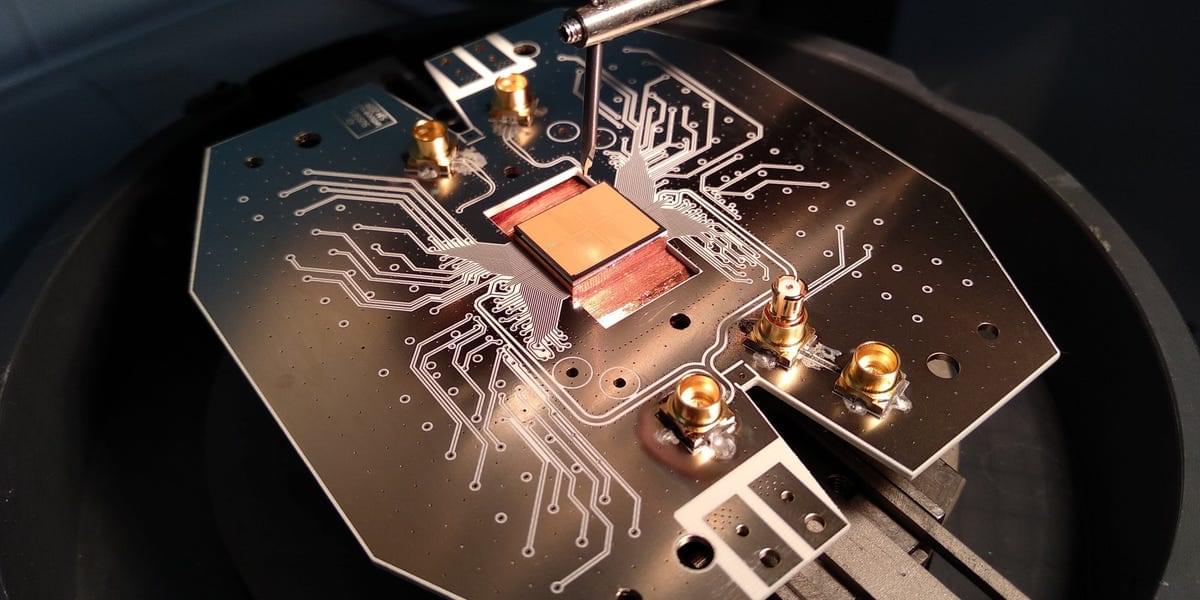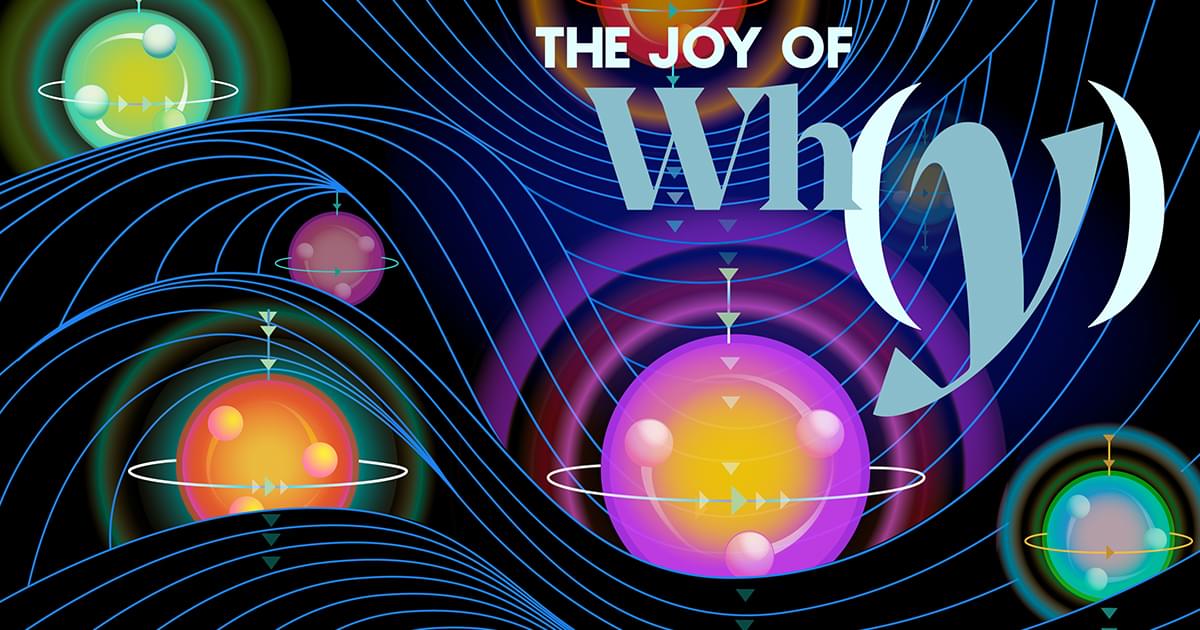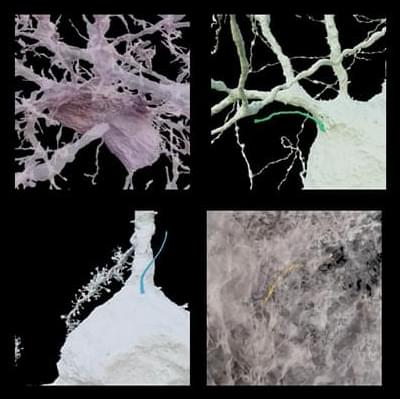In a groundbreaking leap toward cleaner, more affordable energy, scientists in France held a fusion reaction steady for over 22 minutes — shattering the previous world record. If that number sounds insignificant, here’s why it’s a big deal: That is 1,337 seconds of controlled, blazing-hot plasma, the critical ingredient needed to power nuclear fusion, a nearly limitless energy source that does not rely on polluting fuels like gas, coal, or oil.
This milestone brings us one step closer to a dream energy future: one where our homes, cities, and electric cars are powered by a technology that mimics the sun — minus the radioactive waste and environmental damage of traditional nuclear power.
Nuclear fusion has the capability to solve a major problem with polluting energy sources. Right now, our power mostly comes from dirty energy that pollutes the air and contributes to extreme weather. While solar and wind energy are gaining momentum, fusion offers something different: the possibility of continuous, around-the-clock clean energy using hydrogen — the most common element in the universe — as fuel.






